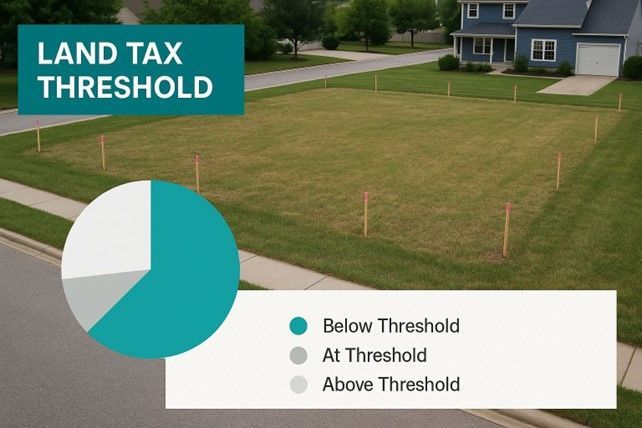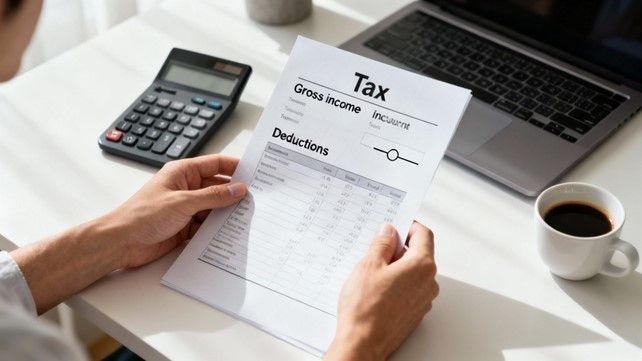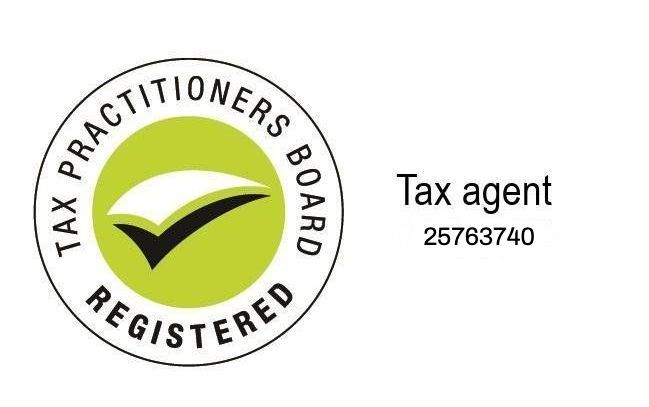Stop Guessing Your Prices, Start Earning What You’re Worth
Stop Guessing Your Prices, Start Earning What You’re Worth

Getting your pricing strategy right can dramatically improve your business's profitability, yet it's often overlooked by many business owners. As accountants here in Sydney, we regularly help our clients uncover hidden profit opportunities simply by refining their pricing. Here are three proven, practical techniques you can implement today to enhance your pricing strategy.
1. Value-Based Pricing: Charge What You’re Worth
Pricing based purely on costs can limit your profitability. Instead, consider value-based pricing, which is about understanding the true value your services offer your clients. Ask yourself: What problem am I solving for my clients? What would it cost them if they didn't have my solution? By pricing based on value, your clients feel understood and valued—and you get paid fairly for the true impact you’re making in their business or life.
A helpful tip: Regularly seek client feedback and testimonials, noting the value they express about your services. These insights can guide you in setting prices confidently and transparently.
2. Tiered Pricing: Give Your Clients Clear Options
One size rarely fits all. Offering tiered pricing packages (often structured as basic, standard, and premium options) helps cater to diverse client needs and budgets. Clearly outlining the differences between each tier allows clients to choose the option that best suits their circumstances. This approach not only meets different client budgets but also often nudges them toward higher-value packages, increasing your revenue.
Consider creating clear, compelling package descriptions highlighting the additional benefits clients gain as they move up the tiers. This simple approach can dramatically influence buying decisions.
3. A/B Testing: Make Pricing Decisions with Confidence
Pricing can feel uncertain—am I charging too much or too little? Rather than guessing, use A/B testing to trial different prices and assess customer responses. This method involves offering two slightly different pricing structures to similar client groups and carefully tracking which performs better. The insights you gain can help you confidently set pricing that maximises your revenue and profitability without alienating your clients.
Start small: Run short-term pricing experiments on selected products or services before rolling out changes broadly. Even minor adjustments based on real data can have a significant impact on your bottom line.
Optimising your pricing strategy isn't just about increasing your charges—it's about understanding your clients, clearly communicating your value, and continuously refining your approach. Pricing done right benefits everyone involved.
If you’d like personalised, practical guidance on refining your pricing strategies, our friendly Sydney-based accounting team is here to help you every step of the way. Feel free to reach out and discuss how we can help you maximise your profitability.












